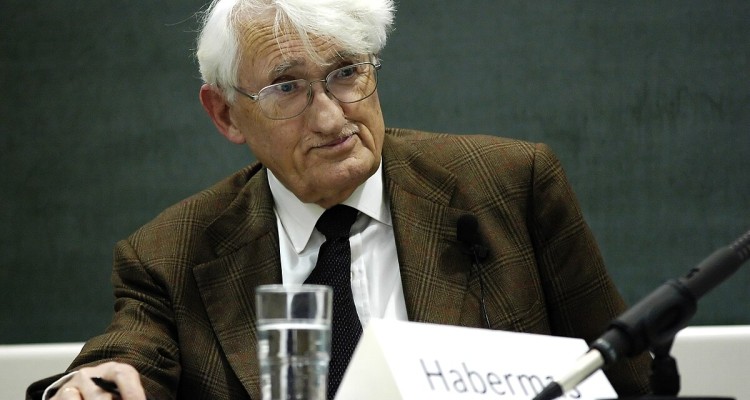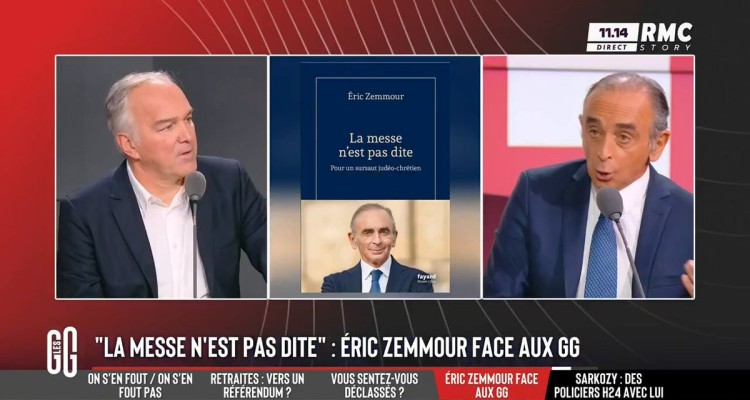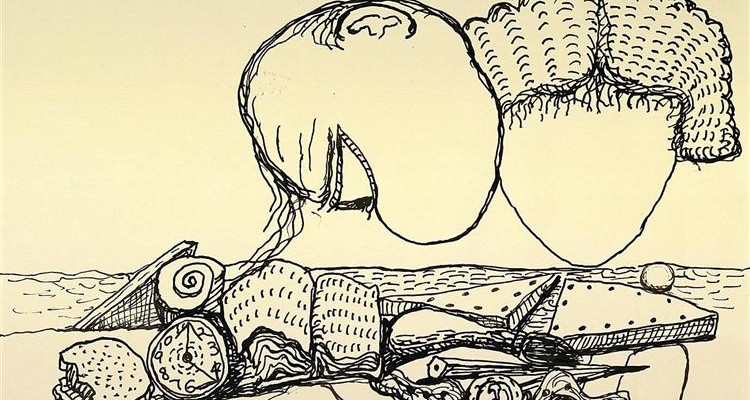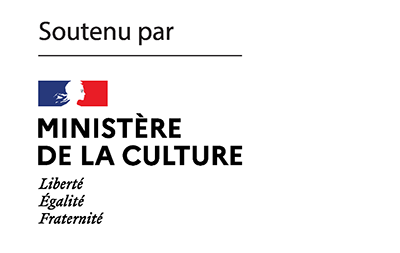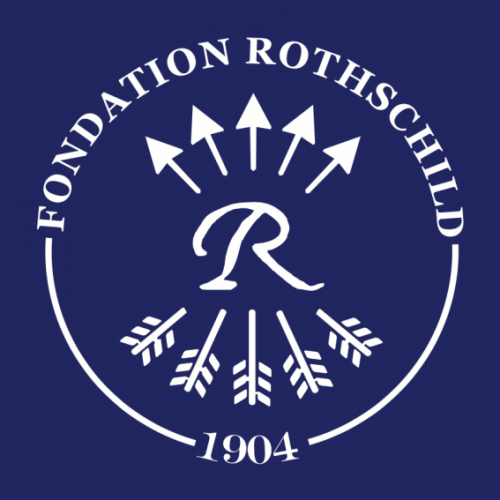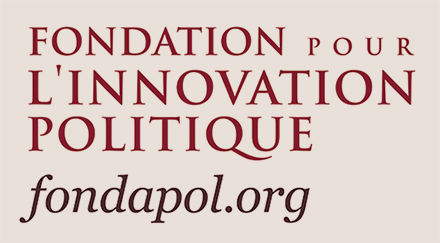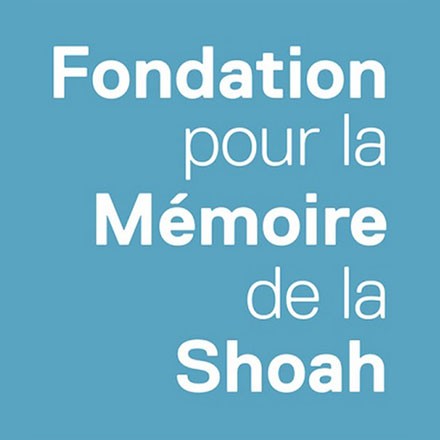The result of Zionism, in other words, access to political sovereignty, also meant that the Jewish state had to exercise violence. In this text, Danny Trom returns to the difficulties of coming to terms with the violence inflicted, and its articulation with the violence suffered by Jews. It seems as though, after the Zionist revolution, Jews could only oscillate in their relationship to violence.
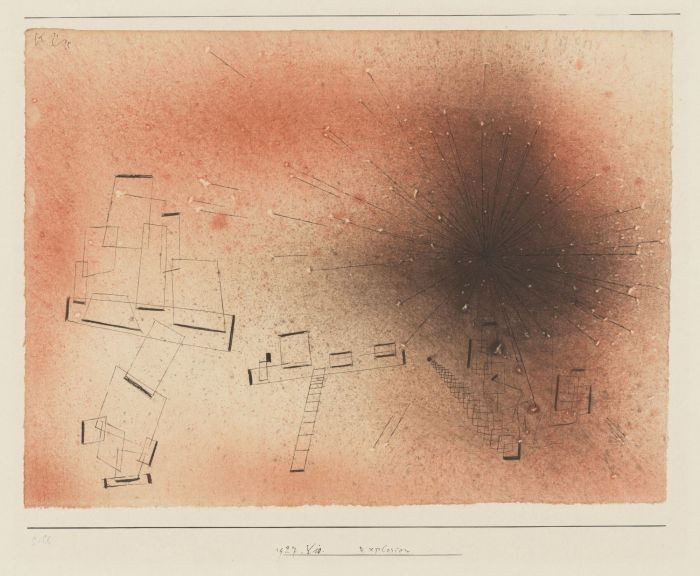
The topic of exercised violence is one that regularly sets the Jewish public sphere abuzz. On this stage, which is by definition transnational and fragmented, it is exposed as a question that never ends. And with good reason: the subjected violence is at the heart of Jewish history, since Jews have always been vulnerable minorities. Depending on the place and the time, the source of this violence was the societies in which they were immersed, but also the powers, with their indifference, complicity or even active hostility. Structural vulnerability made Jews an oppressed group, a minority subject to violence. This apprehension was first denounced by the historian Salo Baron in a famous article published in 1928[1], according to whom the “lachrymose” narrative, that dark look usually cast on the past, veils the many moments of tranquility, happiness and prosperity experienced by Jewish communities in the Middle Ages.
Although, as has often been remarked, the historian felt that the Modern Age, followed by the era of emancipation, saw a relative deterioration in Jewish living conditions, S. Baron called for a more optimistic view of the history of European Jewry. Baron’s approach was so widely acclaimed that the tendency to drench Jewish history in tears has for decades been the one thing every respectable Jewish historian says he or she should avoid. And even if Baron’s reappraisal focused primarily on the medieval period, hitherto perceived as particularly bleak, his reception was to dilate his point into a thesis of general significance that he never explicitly denied. Avoiding miserabilism thus became the motto for the normalization of Jewish history and, with it, that of the profession of historian of the Jews, which henceforth conformed to the common professional norm, offering those embarking on the career the promise of smooth integration into the international guild of historians.
But with his call to abandon the lachrymose vision of Jewish history, at least in the stylized understanding that has prevailed, Baron, a new professor at Columbia, was, in 1928, out of step. He was formulating his perspective at the very moment when the deterioration of the situation of European Jewry was palpable[2]. Nothing of the magnitude of what was to come could, of course, have been anticipated, but the historical vision of the European Salo Baron, originally from Galicia, holder of a thesis directed by Hans Kelsen at the University of Vienna, socialized in the reforming Habsburg Empire, seems, seen from today, as if irrigated in advance by the American context in which he made his career. For this invitation to a new approach to Jewish history reveals to us, who live in the post-Shoah era, what it contained in terms of preference and hope for the future of the Jews, which found its place of realization in America. Salo Baron’s monumental history of Jewish communities, from exile to the present day, made him the academic champion of a Jewish history that was certainly particular, but globally positive, plastic, moving, creative and resilient, as evidenced by its American extension, beyond the Shoah. The diasporism of Russian historian Shimon Doubnov, to whom Salo Baron owes so much, swallowed up with the destruction of European Jewry, resurfaced in the United States, the new promised land of the Jews.
With the birth of the State of Israel, in the war, we entered an unprecedented configuration in which the organized violence, institutionalized in an army, of majority Jews in a State was exposed for all to see.
But for that other historian of the Jews, Fritz Baer, nothing could be stranger than this call to break away from the traditional vision of the Jewish adventure, who immigrated from Germany to Palestine in 1930, renamed himself Yitzhak Baer and proclaimed in his essay Galut, published in 1936, the erasure of Jewish history in a foreseeable turmoil, and thus the end of the Diaspora. The medievalist Baer, detecting the irony of the phrase “lachrymose vision of the Jews”, certainly felt targeted by this metaphor. In 1936, on the occasion of his review of Baron’s Religious and Social History of the Jews – in the history journal Zion, newly founded at the Hebrew University of Jerusalem – he countered by challenging it. Although his criticism also focused on the medieval period, when Jews were, in his view, living in a condition of chronic insecurity, the situation at the end of the 1930s effectively belied the fact that this was no more than a long-closed parenthesis[3]. Tracing the trajectory of the Jews since the earliest times, Baer came to the conclusion in Galut that the exilic condition as such was no more than a consent to submission that would end in catastrophe, that the destiny of the Jews was to leave Europe to assemble in Palestine and form there a majority and autonomous political entity.
In this face-off, Diasporism and Zionism are opposed like two visions of history with tendentially incompatible political extensions: peaceful autonomy for dispersed Jewish communities and creative synthesis with their environments, on the one hand; the need to tear oneself away from the servitude of exile, to assemble in the Land of Israel by joining the ranks of the fighting nations, on the other. Euphemizing Jewish distress in order to preserve a dispersed Jewish political life that remains separated from a land and a state of its own, on the one hand; empathizing the tragedy of Jewish history in order to approach an alternative political condition, on the other. In this schematic division, the Jewish community of the United States represents the pole of continuity in diasporic history, while the Jews of the Yishuv, then of the State of Israel, represent the pole of rupture. Between the two, Europe, where both visions were elaborated, but now almost Judenrein, discredited, excluded or marginalized in international Jewish conversation, to this day.
However, this schematic division conceals a paradox, as from another angle, continuity and rupture interpolate. The vision that emerges from the reception of Salo Baron calls for the shaking off of the oppressive forces the imaginary of exile, and with it of its expiatory character, in order to better build a sustainable life in diaspora, while the maintenance of the traditional vision of exile tends to lead to a desire to put an end to it, when it is carried, as Baer does, to the diagnosis of its collapse into violence. Whereas Baron is more or less part of the apologetic tradition of valorizing the contribution of Jews to their host society and vice versa, Baer, like the prophet of doom, warns Jews against a vain desire to contribute to the societies that shelter them and to please others, all the more so if this leads to self-denial. It follows that the revolution in the practice of Jewish history, the one that tends to cut it off from its exilic framework of interpretation, leads to political conservatism, while historical conservatism based on the traditional schema potentially leads to political revolution. The latter was not necessarily to lead to the creation of a sovereign Jewish state in the full sense of the term, although it did eventually lead to this, but, in breaking away from the dependence of the “nations”, it pointed in the direction of a more complete autonomy, which also implied the possibility of the Jewish violence inflicted being assumed.
Henceforth, and for the first time in their history, the Jews, who had hitherto been the exception in terms of offensive violence, were exposed to having to assume the violence inflicted, like “other nations” endowed with a State, no more and no less. This gave rise to a long-lasting and growing malaise, characteristic of a Jewish condition where offensive violence was by construction excluded from the field of possibilities, if only in the form of a wish that God, their protector, would eventually exert it on their oppressors. The new political situation then gave rise to an indisposition that continued to affect a Jewish polemical sphere that now included the Jewish citizens of the State of Israel. Whereas the dilemmas surrounding the use of force in the Yishuv were still able to maintain the cracking framework of an essentially suffered Jewish violence, with the birth, in the war, of the State of Israel, we entered an unprecedented configuration where the organized violence, institutionalized in the army of a State with a Jewish majority, was exposed for all to see. The fact that the War of Independence – independence in the strong sense of emancipation from the societies of their origins – was defensive in no way alters this: state violence entered Jewish reality as a fact.
The Jewish public sphere, which since then has been made up of the world’s Jewish communities and Jews assembled in a State, both living under radically distinct political conditions, will henceforth be traversed by tensions generated by this contradiction. It’s not that the violence inflicted is rejected or endorsed along this divide: the thwarted relationship to the violence inflicted, intrinsic to the imaginary of exile, runs through the entire sphere, albeit unevenly, but as a common element, beyond this asymmetry. Here too, historiographical production concentrates and makes explicit these tensions. Israeli historians’ return, some thirty years later, to the birth of the State in the violence of war, was to document this violence of the State, and the controversy that stretched on for years was to end up recognizing this reality. It was said that this unveiling sealed the end of the myth of the State’s innocence – a myth nurtured by a hegemonic national narrative, resistant to self-revision. This reluctance had two sources, however, which were difficult to disentangle: an official narrative legitimizing a State whose very existence was contested, and which could be undermined by the violence inflicted; and a Jewish national liberation movement called Zionism, which only resolved to resort to force when forced to do so. The historical revision was painful because it touched on the self-understanding that Israelis had of themselves, as citizens of this State and as Jews, inseparably linked. The Israeli national narrative was intended to break with exilic Jewish history, so that the Zionist doxa could assert that the ethos of the new citizen replaced the exilic ethos, but this transmutation remained imperfect, confusedly dependent on a latent refusal to accept the violence inflicted, whether justified or not.. If not, what was the point of wanting to preserve an innocence incompatible with the possession of sovereignty in a chaotic context?
The Zionist doxa could assert that the ethos of the new citizen replaced the exilic ethos, but this transmutation remained imperfect, confusedly dependent on a latent refusal to accept the violence inflicted, whether justified or not.
But this revision, expressing above all spite in the face of offensive violence, was to have repercussions on the historiography of the Jews from the Israeli academy, this time focusing on medieval Europe, which had once crystallized the disagreement between Baron and Baer. Confined to a spatio-temporal framework where the violence inflicted became an objective reality, it spilled over into the spatio-temporal framework where it was essentially suffered. This is how, for example, the book Reckless Rites (2007) by the American-Israeli medievalist Elliott Horowitz should be contextualized. His ambition was to demonstrate that the Jews of medieval Europe, during the festival of Purim, publicly inflicted symbolic violence on their Christian neighbors, an aggression which in turn engendered physical violence[4]. The lively debate sparked by this publication revealed the extent to which, behind the desire to render the violence inflicted symmetrical, exercised on both sides, even if it meant forcing the line or twisting reality, lay the author’s thinly veiled desire to exhume the Jewish character of an offensive violence that extends right up to the conduct of the State of Israel. Another case, this one aberrant, which led to a public scandal[5], was the 2008 book Pasque di sangue (Easter of Blood) by the Italian-Israeli medievalist historian Ariel Toaff, who defended the thesis that Jews’ offence against their Christian neighbors was manifest in medieval Italy, and added that the traditional anti-Jewish accusation of ritual murder against them was in fact credible. No matter that the enormous affair that erupted when the book was published eventually led to its withdrawal from sales, to the contrite regrets of the publisher and the author assailed from all sides, all the more so as he was the son of the chief rabbi of Rome: what was at stake here was the image of the oppressed, submissive Jew, subjected to violence, with the suggestion that the violence inflicted within the institutionalized framework of the State of Israel finds its impetus in the depths of Jewish history.
As a result, the violence inflicted suddenly emerged in Jewish history itself, as if from the perspective of the Jewish citizens of the State of Israel, there were a desire to anchor in Jewish history what is, after all, only the very recent product of a political revolution called Zionism. The call to put an end to the tearful history of the Jews is reversed here into a narrative where tears flow from all sides. The project of deconstructing the image of the submissive, oppressed Jew, incapable of responding to violence, and replacing it with that of the provocative, if not aggressive and vengeful Jew, sometimes taking it to the limit, sometimes in immediate consonance with an ancestral but stainless antisemitic topicality, must therefore be read as a repercussion of the political revolution that was Zionism on the apprehension of the Jews who had remained on the sidelines of this mutation.
But the perspective can also be reversed by identifying a tendency to perceive the extension of an essentially suffered violence in the very politics of the State of Israel. In this inversion, the State of Israel emerges as the figure of the Jew among the nations, as documented by the “Mohammed al-Durah” affair, named after the Palestinian child whose death was captured live by a French TV channel camera during the second intifada. This controversy, which initially focused on the technical question of where the shot came from, ended up weighing up the need to document the violence inflicted by Tzahal, an internal matter for this entity which possesses the means of state violence, against the return of the defamatory accusation of ritual murder of children by Jews, which since medieval times has heralded the license to exercise violence against them. From a deregulated space, dominated by the haunting accusation of inflicted violence, a framing of the event is determined here that reverberates within the space where inflicted Jewish violence is assumed and its possible excesses regulated by state institutions. Here, the exilic narrative, from its own space, projects its relationship to the violence suffered onto the space worked by the Zionist doxa, where it is more or less normalized. This transfer occurs all the more easily in contexts where the conduct of the State of Israel has direct effects on the situation of the world’s Jews.
In Europe, the exilic framework is maintained, in the wake of Baer, so that the violence inflicted by the State of Israel is also thought of as an extension of the exilic narrative, and thus tendentially metabolized as defensive violence.
Taken together, these controversies are symptomatic of a Jewish polemical sphere divided along unstable fault lines, but structured around the question of evaluations and judgments on violence in excess. The assessment of its proportionality is precisely what unites the Jewish polemical sphere, while at the same time dividing it. This cleavage, made visible on the scholarly or journalistic stage, internally divides each of its participants, whether they speak out or remain silent. We can schematically trace the underlying logics that run through this sphere by relating them to the socio-historical positions that determine them. Where diasporic normalization dominates, in the wake of S. Baron’s vision, i.e. essentially in the United States, distance from the State of Israel is immediately marked, so that violence in excess is acutely perceived. Here, in a country where Zionism is understood as the business of Jews living in an abnormal situation, relative dis-involvement allows us to look at things in a way that is detached from the urgencies of the moment, as long as it is anchored in a sense of security. Where the Zionist revolution has delivered its product, the State of Israel, distance has been abolished, so that criticism of violence is either accepted or disapproved of, but generally detached from the exilic framework with which this State often claims to have made a more or less complete break. But what of European Jewry, caught between these two perspectives? In Europe, the exilic framework is maintained, in the wake of Baer, so that the violence inflicted by the State of Israel is also thought of as an extension of the exilic narrative, and thus tendentially metabolized as defensive violence. Critical distance is combined with a critique of critique, all the more so as the accusation of excessive violence resonates with the violence traditionally endured.
It’s no surprise that October 7 and the subsequent Israeli offensive on Gaza revived this scene with unprecedented intensity, given that this sequence sees violence pushed to the extreme, and that it combines violence inflicted, framed as an episode in the exilic narrative of violence suffered, and the Israeli retaliation of violence inflicted, in a space where it is assumed even if criticized. And when the violence suffered and the violence inflicted collide so brutally, each of us feels inwardly the tearing characteristic of the Jewish polemical sphere. This leads to a desire to resolve the sometimes unbearable tensions that Jewish politics generates today: to accept the violence inflicted without qualms, or to reject it on principle; to rally behind the brutal nationalism of the Israeli far right, or to keep one’s hands clean, sometimes at the cost of the very existence of the State of Israel. These are two ways of escaping the Jewish political condition, which the birth of the State of Israel has altered for the Jewish world as a whole, since the violence of a state bearing the Jewish name has become an objective fact of politics. But these two escapes ultimately betray the constitutive ambivalence of this condition.
This ambivalence is most clearly felt in the Jewish-European space. It resonates neither with the diasporism generated by the American space, whatever its version, favorable or unfavorable to Zionism, nor with the adherence to Zionism achieved from within the Israeli space, even in its radically critical version, which is only one of its modalities. From the Jewish-European space, which combines the condition of exile with the objective need to preserve the existence of the State of Israel, we are led to oscillate. The oscillation stems firstly from the fact that the violence inflicted, however justified, is always first examined as if it were in excess, even if it means changing one’s mind. Secondly, it stems from a sharp perception that the assaults launched against the State of Israel are decidedly still and always part of an exilic condition that the State fails to neutralize. Assuming this discomfort, hesitating in the balance between violence suffered and inflicted, continuing to oscillate without ever stopping – this is the way in which we European Jews fit into the continuity of the Jewish political tradition.
Danny Trom
Notes
| 1 | Salo Baron, « Ghetto and Emancipation : shall we revise the traditional view ? », The Menorah Journal, IV, 1928. |
| 2 | Pierre Birnbaum, Géographie de l’espoir, Paris, Gallimard, 2004, p.342sq |
| 3 | Y. Baer, “Ha-historyah ha-datit ve-ha-khevratit chel ha-yehudim : He‘arot la-sifro ha-khadash chel S. Baron,” Ẓion, 3, 1936, p.277-299. |
| 4 | Elliott Horowitz, Reckless Rites : Purim and the Legacy of Jewish Violence, Princeton, Princeton University Press, 2006. |
| 5 | Ariel Toaff, Pasque di sangue. Ebrei d’Europa e omicidi rituali, Bologne, Le edizioni del Mulino, 2007. Sur l’affaire Toaff : Sabina Loriga, « Une vieille affaire? Les “Pâques de sang” » d’Ariel Toaff, Annales. HSS, 2008/1, p.143-172. |
